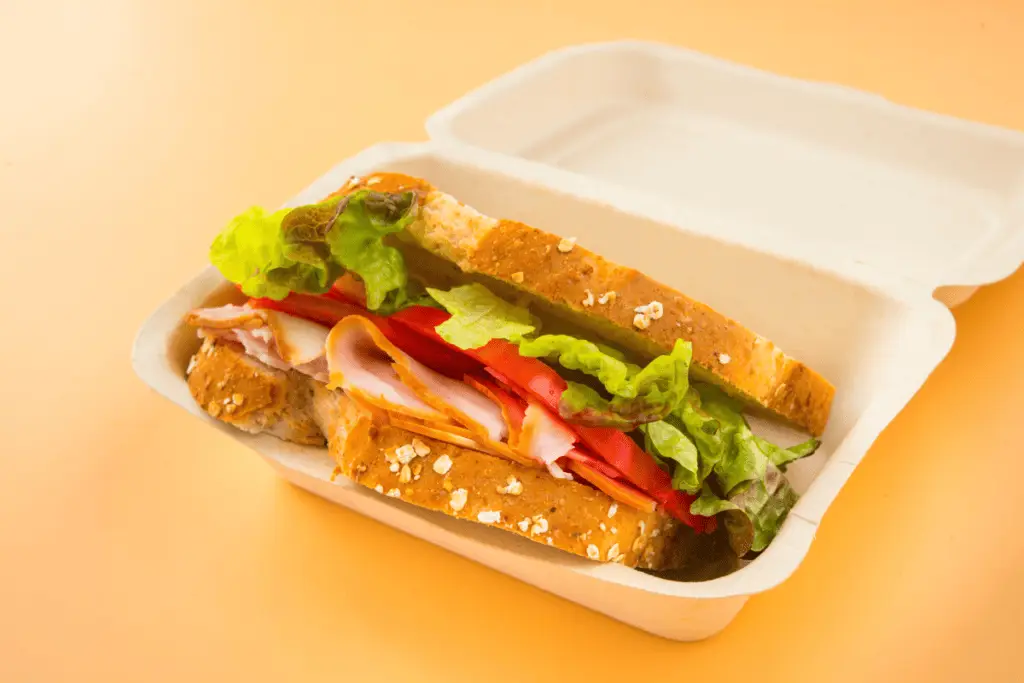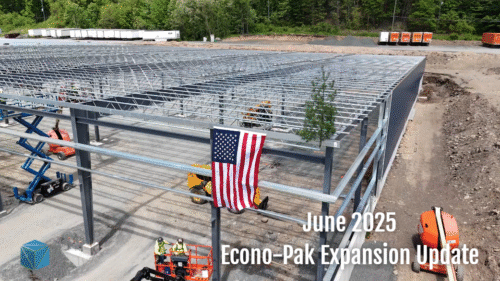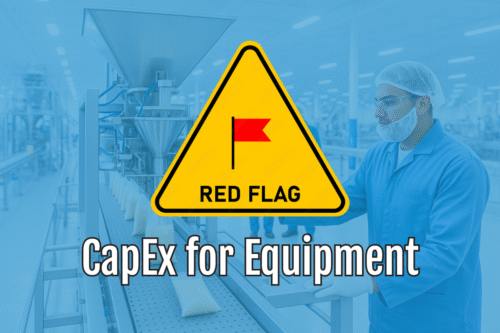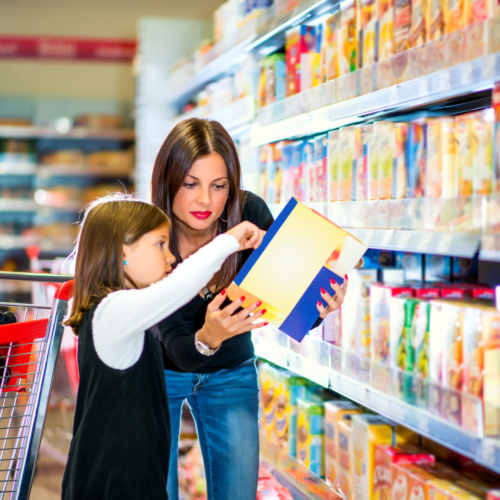Food Packaging Materials: Sustainability and Trends
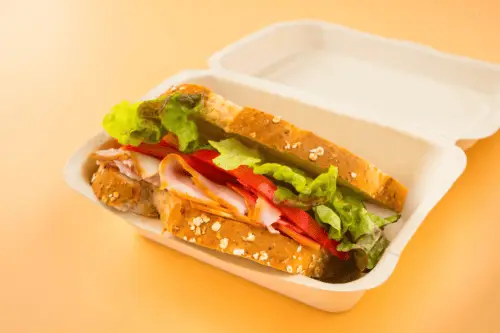 Food packaging plays an important role in informing consumers of product safety and freshness information and branding details. Contract food packaging also impacts the environment depending on the materials used. However, because we live in a world where convenience and consumption are so closely related, many often overlook food packaging’s environmental impact.
Food packaging plays an important role in informing consumers of product safety and freshness information and branding details. Contract food packaging also impacts the environment depending on the materials used. However, because we live in a world where convenience and consumption are so closely related, many often overlook food packaging’s environmental impact.
The concerns about the environmental impact of food packaging materials are growing because consumers and businesses are beginning to see the negative effects plastic and styrofoam containers can have on the environment. The need for sustainable practices is becoming increasingly prevalent and companies should seek eco-friendly food packaging options to reduce their environmental footprint. Exploring innovative, environmentally friendly food packaging materials aligns with the eco-conscious values of today’s world and is an effective strategy to target consumers who place importance on sustainability.
Traditional Food Packaging Materials and Their Challenges
Plastic and styrofoam are used widely for food packaging because of their convenience. However, their convenience comes at a cost, resulting in several environmental challenges.
Plastic
Plastic is non-biodegradable, and its use across the food industry has contributed to an alarming increase in landfills and ocean and waterway pollution. This means the plastic packaging carelessly discarded today will continue to impact future generations.
Styrofoam
Styrofoam, or expanded polystyrene, is a popular food packaging choice for prepared meals and take-out. The material’s harmful effects on wildlife and ecosystems have come to light because of its inability to break down naturally.
Sustainable Food Packaging Materials and Solutions
As sustainability becomes more of a concern, the food packaging industry is offering more innovative solutions.
- Biodegradable plastics: Biodegradable plastics break down through natural processes, as they are made from renewable resources. This natural breakdown significantly reduces their environmental impact.
- Compostable packaging: Compostable packaging options, such as cardboard, helps to reduce the burden on landfills. This is because they are designed to decompose in industrial composting facilities.
- Plant-based packaging: Plant-based packaging uses agricultural byproducts to create sustainable food packaging, lowering the carbon footprint often associated with typical packaging materials.
Innovative Trends in Food Packaging Materials
With the increased demand for sustainable packaging, many contract food packaging providers are developing more creative, non-traditional packaging methods to fulfill the need. Innovative food packaging trends include the following:
Edible Packaging
Once a futuristic vision, edible packaging is now a reality. A snack wrapped in edible film helps eliminate waste and adds novelty to the eating experience.
Smart Packaging
Smart packaging integrates technology to monitor food freshness, extending products’ shelf life. Smart packaging helps reduce food waste and improves consumer trust.
Minimalist Packaging
Several brands are adopting simpler packaging designs with fewer materials. This shows a shift to accommodate consumers’ eco-conscious preferences.
Challenges and Considerations
While sustainable packaging solutions offer environmental benefits, they also have their challenges. Sustainable food packaging can be difficult to balance with functional requirements. Maintaining packaging’s functionality, such as food protection and convenience, is a delicate task when choosing eco-friendly food packaging options. The lack of recycling and composting infrastructure also makes wide adoption of sustainable packaging materials harder. Another challenge is shifting consumer perception and behavior towards environmentally friendly packaging materials. Changing consumers’ perceptions requires education and awareness campaigns, which result in more time and expense for companies.
The Future of Food Packaging Materials
Technology advancements and evolving consumer preferences transform the landscape of food packaging further. New packaging materials and techniques that provide functionality and sustainability bring promise to the future of food packaging options. That’s why it’s more important than ever for brands to choose the correct food packaging materials.
A pivotal part of ensuring scalable, sustainable food packaging materials is recycling and waste management systems advancements. As recycling and composting options grow, so can eco-friendly packaging choices. The efforts of businesses and consumers will continuously shape the future of food packaging materials because it will set the stage for a more sustainable relationship between food and its packaging.
Learn More About Food Packaging Materials from Econo-Pak
Sustainable food packaging is not just a fad; it’s essential as consumer preferences toward eco-friendly options shift. Food packaging can have lasting environmental impacts if businesses do not consider more sustainable product packaging options. For a fresh perspective on the future of food packaging, food packaging materials, or types of food packaging products, request a quote today!
Let's start scaling.
Is your demand outpacing your ability to package your own product? Then consider outsourcing with Econo-Pak.
With over 40 years of experience working with both small brands and Fortune 500 companies, we are capable of handling your specific dry food product.
Get in touch with our team for a fixed-price quote for your project.

